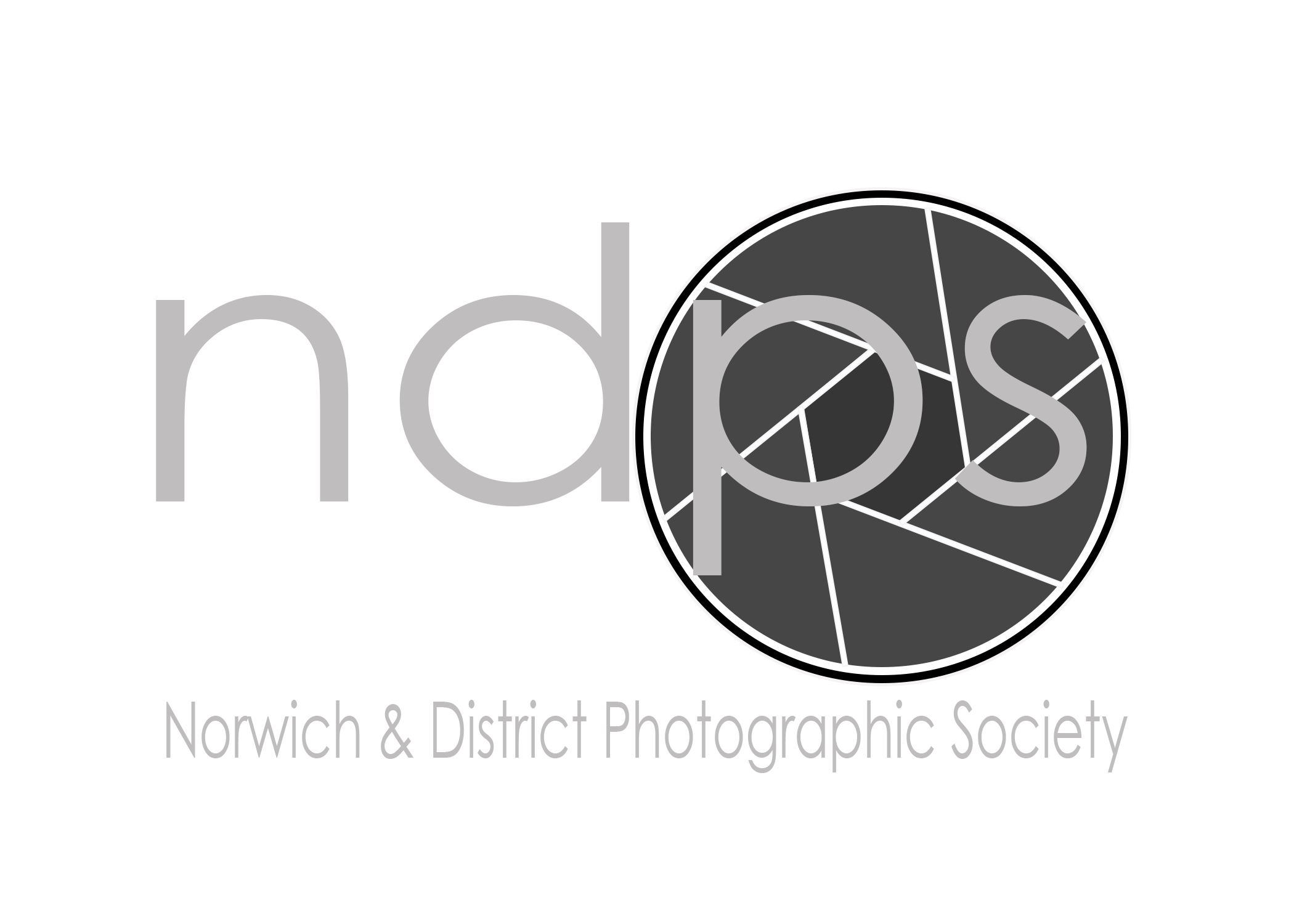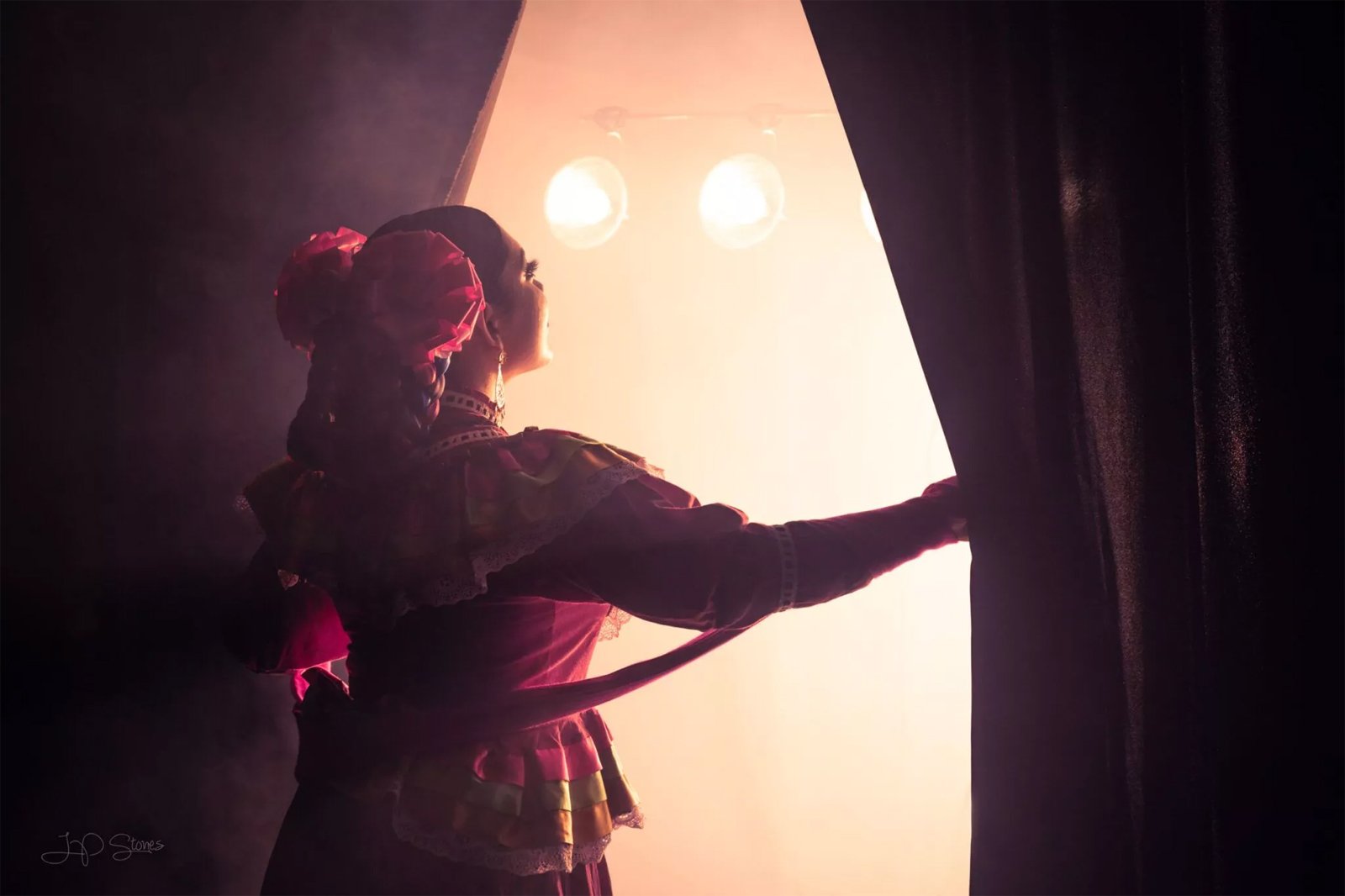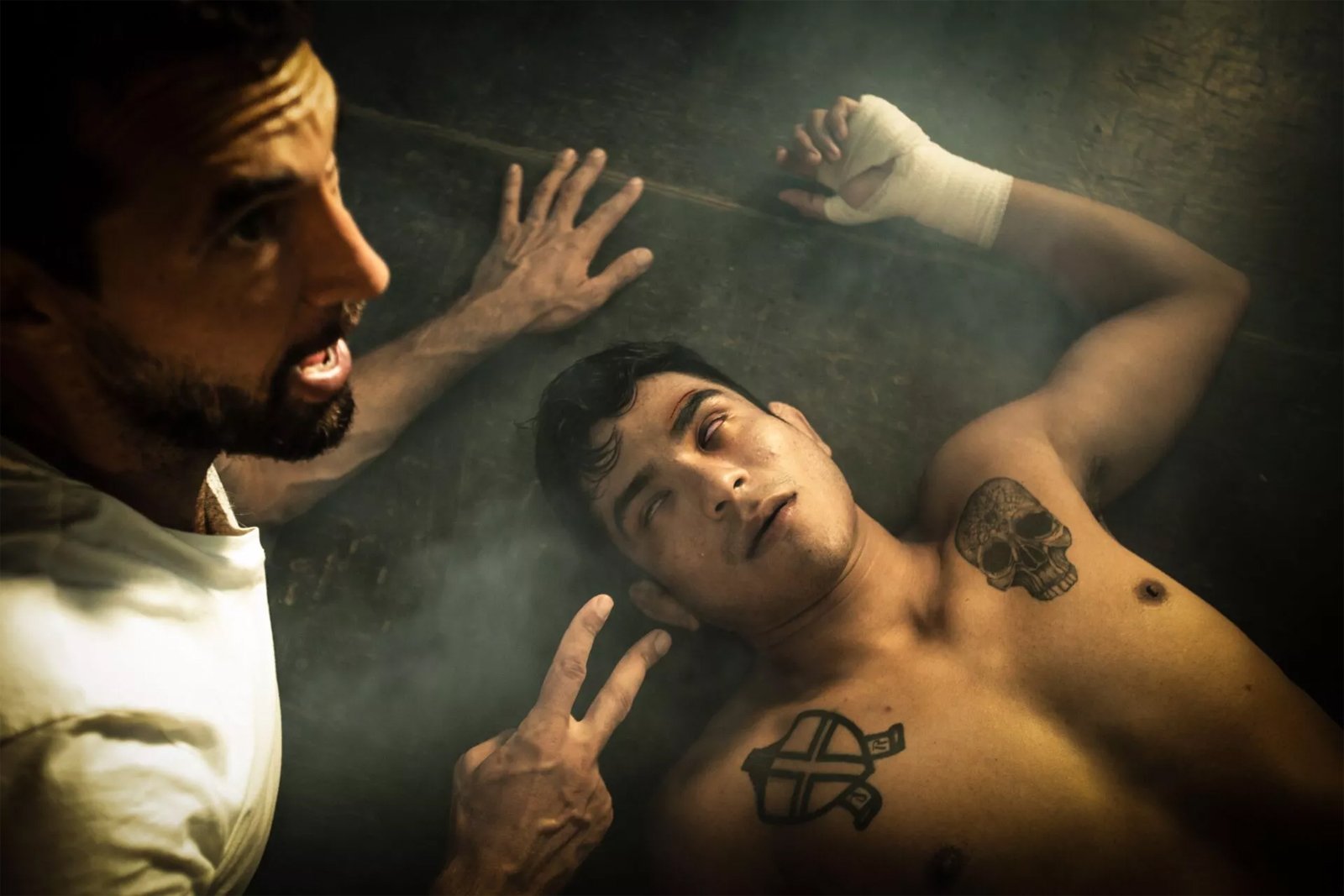Storytelling for Photographers by JP Stones
Yesterday evening's presentation by JP from his home in Mexico, where he has lived for about the last ten years, was shared with Sheffield Camera Club so more than 60 people tuned in to a very interesting presentation.
JP explained that he worked with the Mexica people whose roots are in the prehispanic periods of meso America. He showed a picture of Linda, one of his models, in a costume relevant to the myths of her culture and he made the point that she had produced the costume herself and how expensive it was, but all the details mattered to be sure that the costume was factually correct for the myth.
He said that when he first started full time photography he only wanted to take pretty photos, but he found that his interest in making narrative photos resulted in a different kind of picture and he was surprised to find that his photographs were copied on to tattoos and murals! He even gave permission to have one of his images used as a Hells Angels logo!
This change of direction from pretty pictures to storytelling photos had produced a much greater reaction to his work. It was clear to him that the story comes first, and the photo follows. As an example of narrative pictures JP used the early Christian church of western Europe. The first followers of the Christian faith could neither read nor write so to give them an understanding of the legends and stories the interior of churches and the stained glass of the windows were covered with pictures showing the religious messages and histories - iconography.
He also mentioned the Heider and Simmel animation, a film showing shapes moving and how the human brain interprets what we see. Heider and Simmel were among the first researchers to study attribution of causality or how we use information to arrive at an explanation of what has caused events - “why did this happen?"
JP wanted his images to have a 'goal direct' or a 'social attribution interpretation', rather than a literal explanation from viewers of his photographs.
JP collaborated with his models and became familiar with their myths and legends. He discovered on his shoots that photography is a means of communication, the Meso American iconography was a way to transfer meaning visually and that certain visual styles can lure us into a narrative mindset.
All this sounds very academic by JP had certainly applied the learning to his photography. These photographs were not just pretty pictures they created the feeling of being part of a story, sometimes a very big story. Not just a staged photograph or a standard shot from a studio shoot.
He said that he was always interested and intrigued when buyers of his work contacted him later and explained their explanations of the picture’s narrative.
A wonderfully colourful evening throwing a new light on portrait and studio photography.
JP Stones owns the copyright of the following images which formed part of JP’s presentation.
“And if I take photos I don’t find interesting, why should anyone else care about them?”



